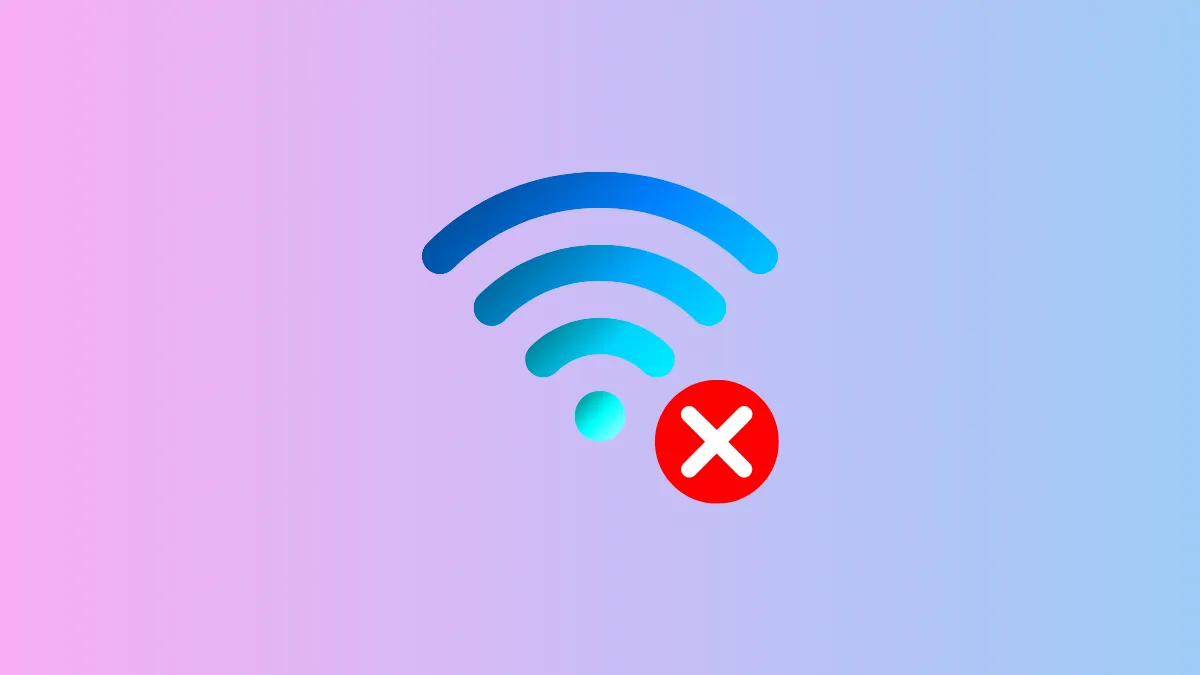The WiFi option disappearing from your Windows 11 system tray or settings can happen due to various reasons like disabled services, outdated drivers, or a misconfigured network adapter. Without this option, you can't manage your wireless networks, making it impossible to connect to WiFi. Below are several proven methods you can use to quickly restore the missing WiFi option in Windows 11.
Restart the WLAN AutoConfig Service
The WLAN AutoConfig service manages your wireless network connections. If this service stops or gets disabled, your WiFi option may disappear from the system tray and settings. Restarting this service often resolves the issue.
Step 1: Press Windows + R to open the Run dialog. Type services.msc and press Enter to open the Services window.
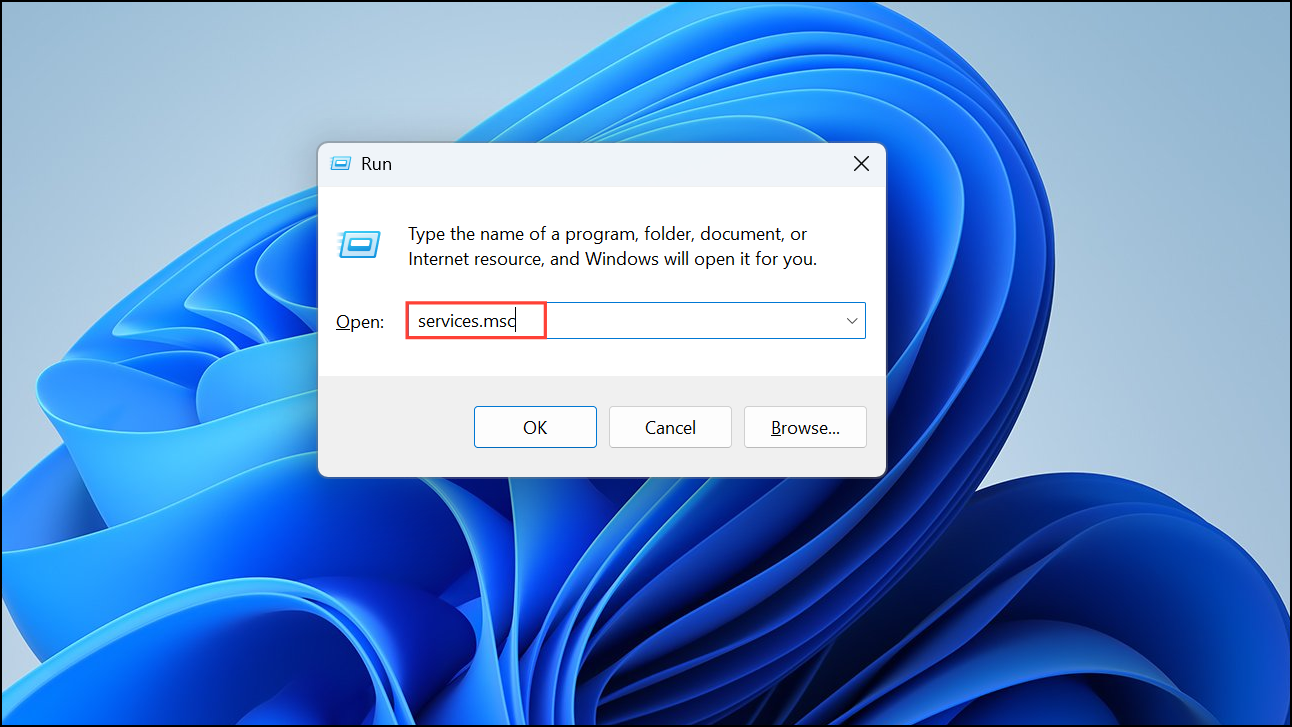
Step 2: In the Services list, scroll down and locate WLAN AutoConfig. Double-click it to open its Properties window.
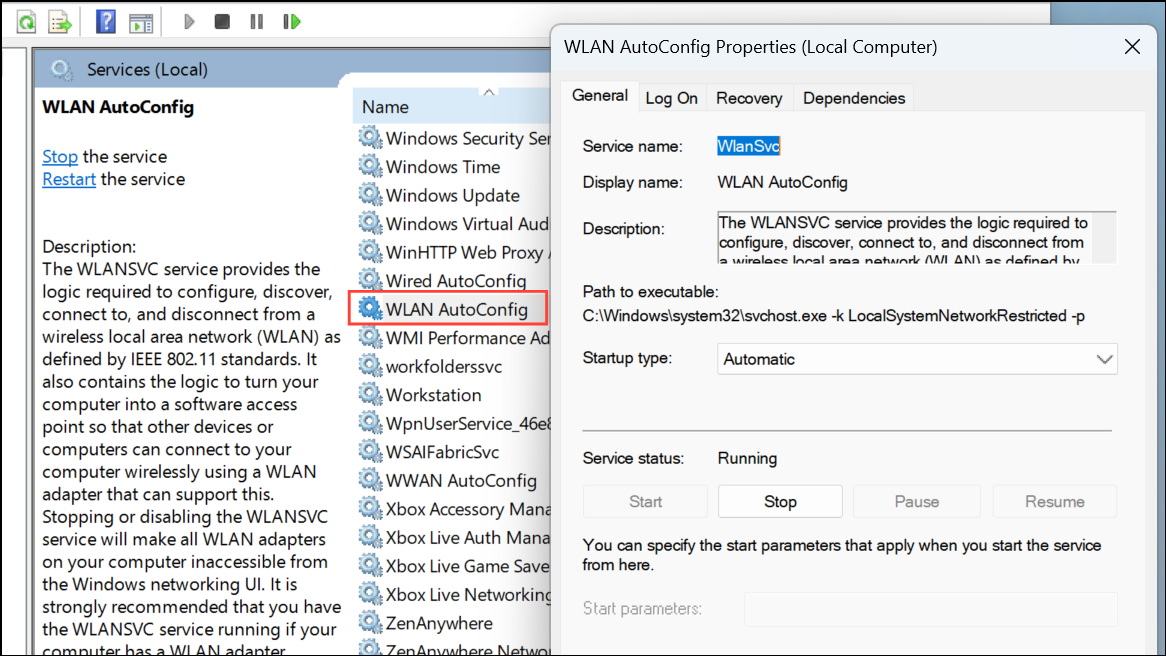
Step 3: In the Properties window, set the Startup type to Automatic. If the service status is not running, click Start. Then click Apply and OK.
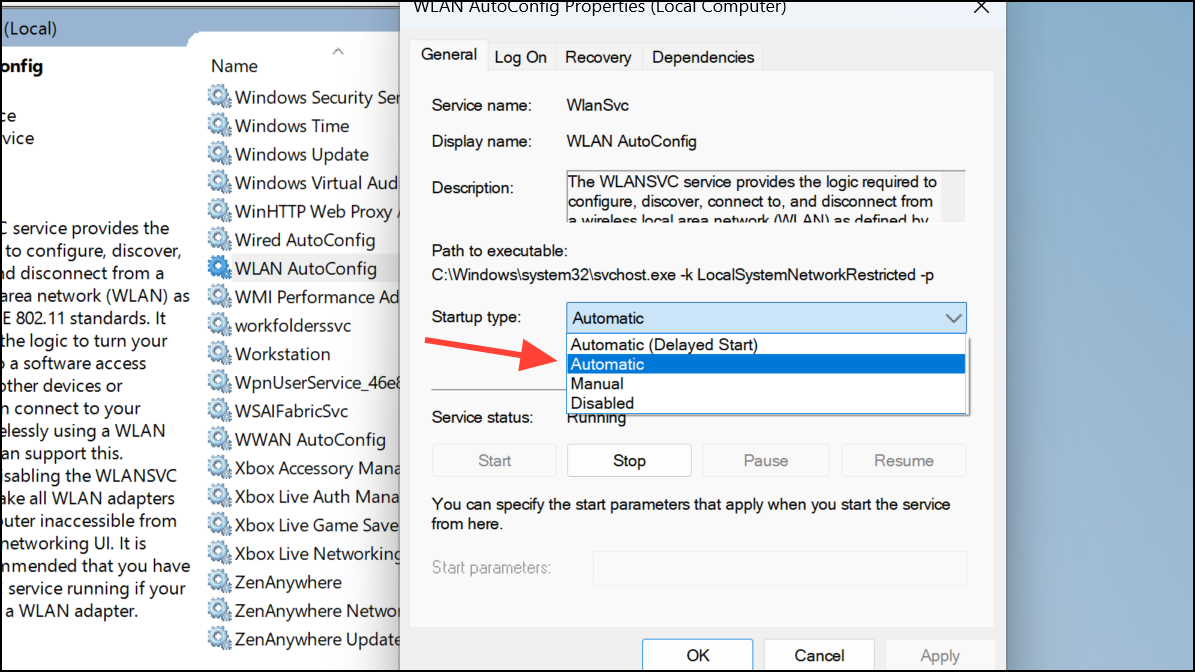
Restart your computer and check if the WiFi option reappears.
Enable the WiFi Adapter
The WiFi adapter might be disabled, causing the WiFi option to vanish. You can quickly re-enable it through the Network Connections panel.
Step 1: Press Windows + R, type ncpa.cpl, and hit Enter. This opens the Network Connections window.
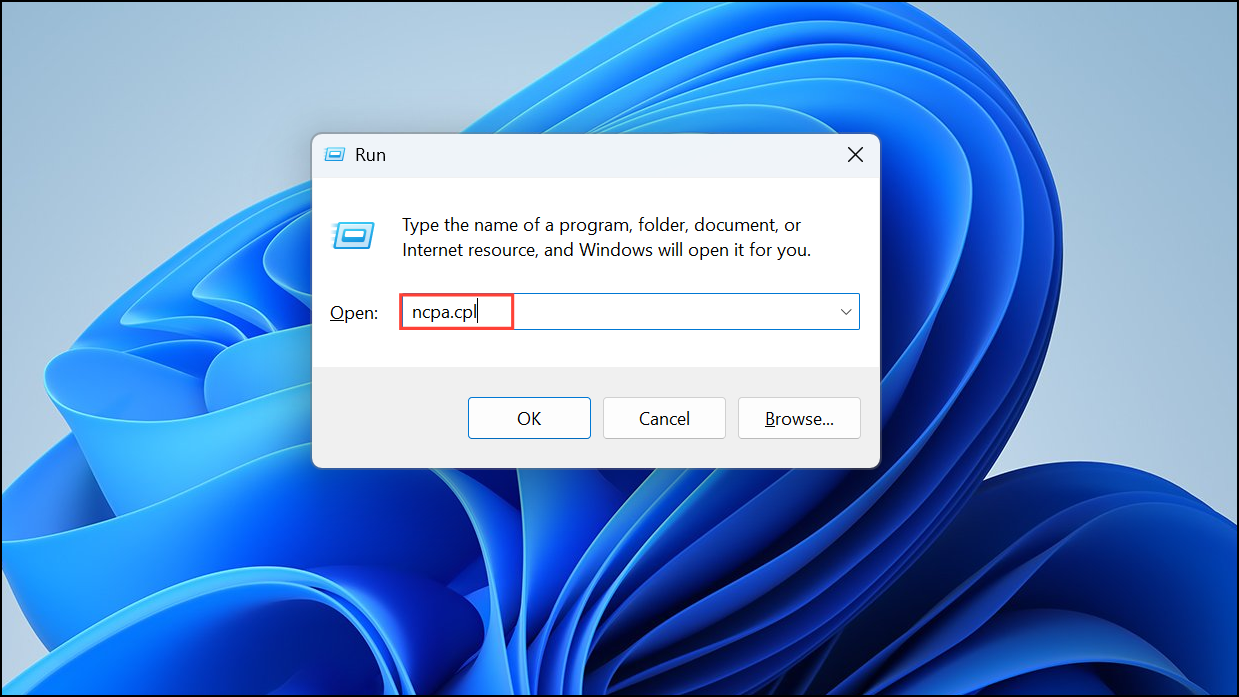
Step 2: Locate your WiFi adapter. If it appears grayed out or disabled, right-click it and select Enable.
After enabling the adapter, check if the WiFi option returns.
Run the Network Adapter Troubleshooter
Windows 11 includes built-in troubleshooters to automatically detect and fix network-related issues.
Step 1: Open Settings by pressing Windows + I. Navigate to System > Troubleshoot > Other troubleshooters.
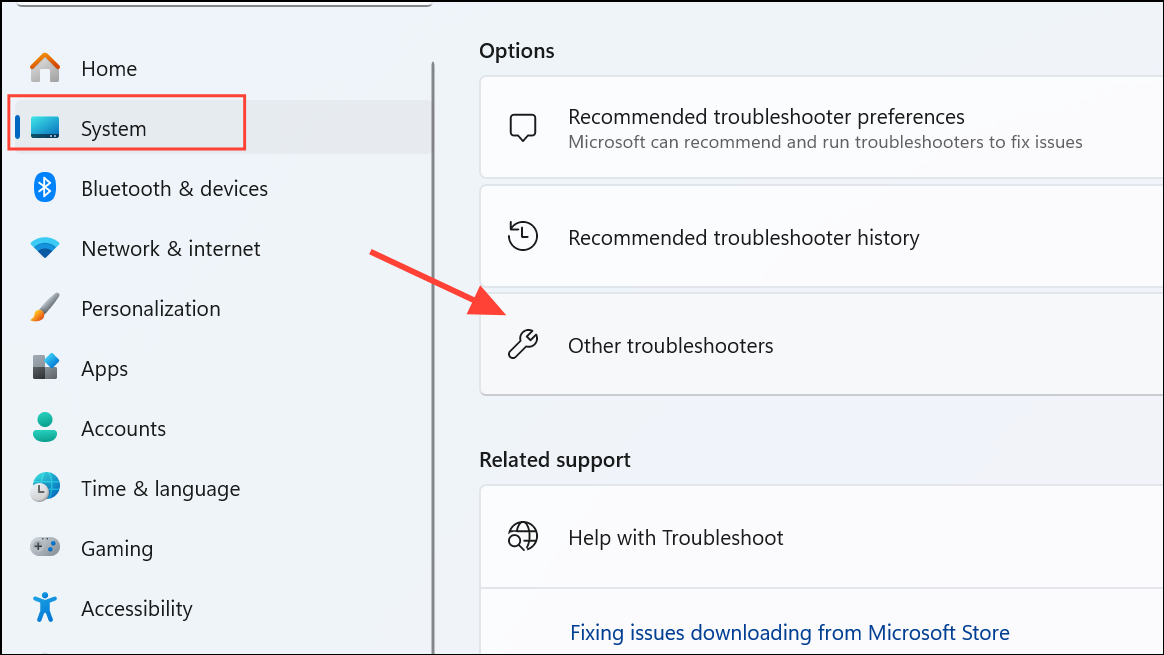
Step 2: Find Network and Internet and click Run. Follow the on-screen instructions to complete troubleshooting.

This method can quickly resolve minor configuration issues preventing the WiFi option from appearing.
Update or Reinstall WiFi Drivers
Corrupt or outdated WiFi drivers often lead to connectivity issues. Updating or reinstalling the driver can solve this.
Step 1: Right-click the Start button and select Device Manager.
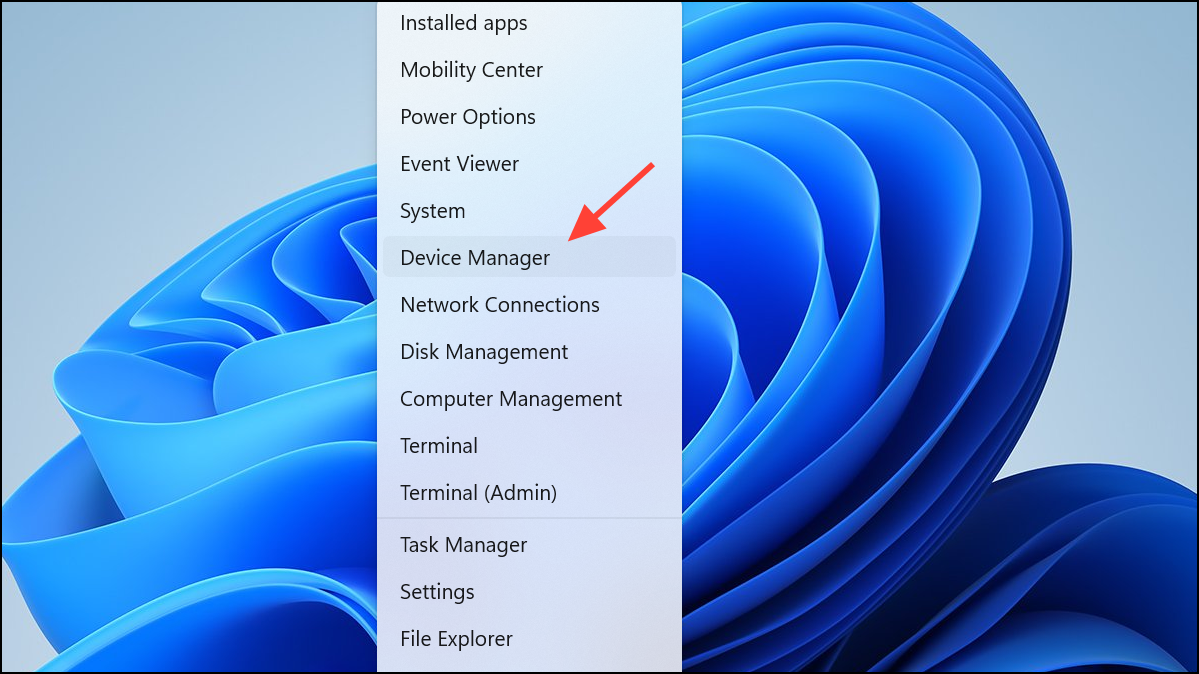
Step 2: Expand the Network adapters section.
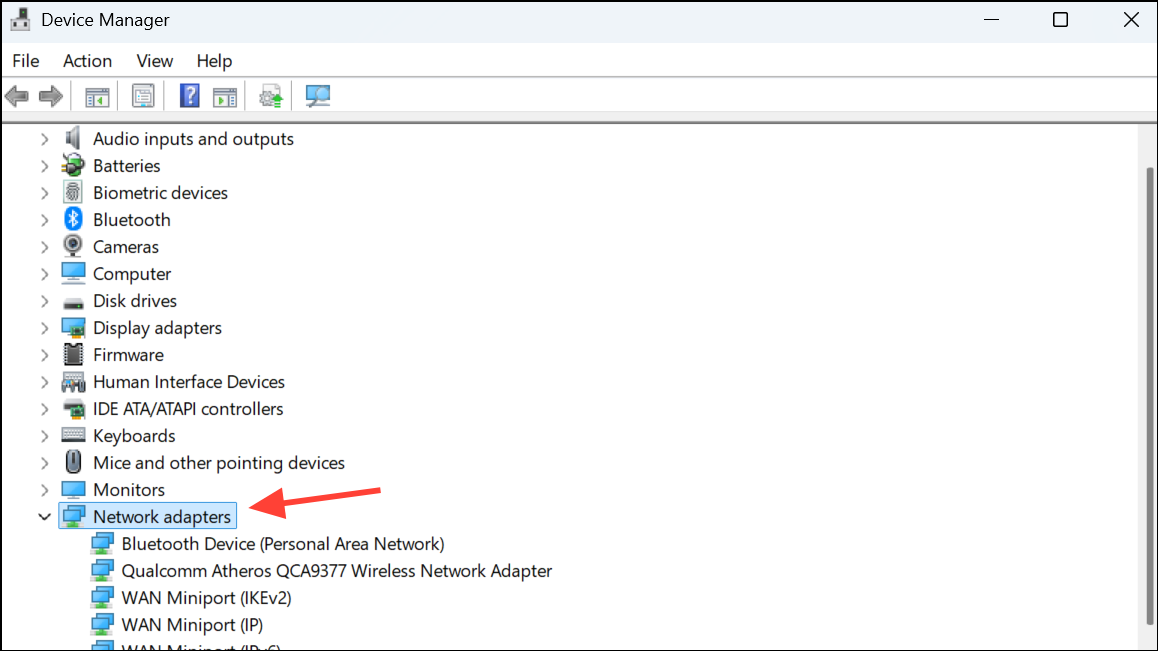
Step 3: Right-click your WiFi adapter and choose Update driver. Select Search automatically for drivers and follow the prompts.

If updating doesn't help, select Uninstall device. Confirm the action and restart your PC. Windows will automatically reinstall the driver upon reboot.
Reset Network Settings
If other methods fail, resetting your network settings will reinstall network adapters and restore default configurations. Note that this will remove saved WiFi networks and passwords.
Step 1: Open Settings (Windows + I) and navigate to Network & internet > Advanced network settings.

Step 2: Click on Network reset and then select Reset now. Confirm your choice and allow your PC to restart automatically.
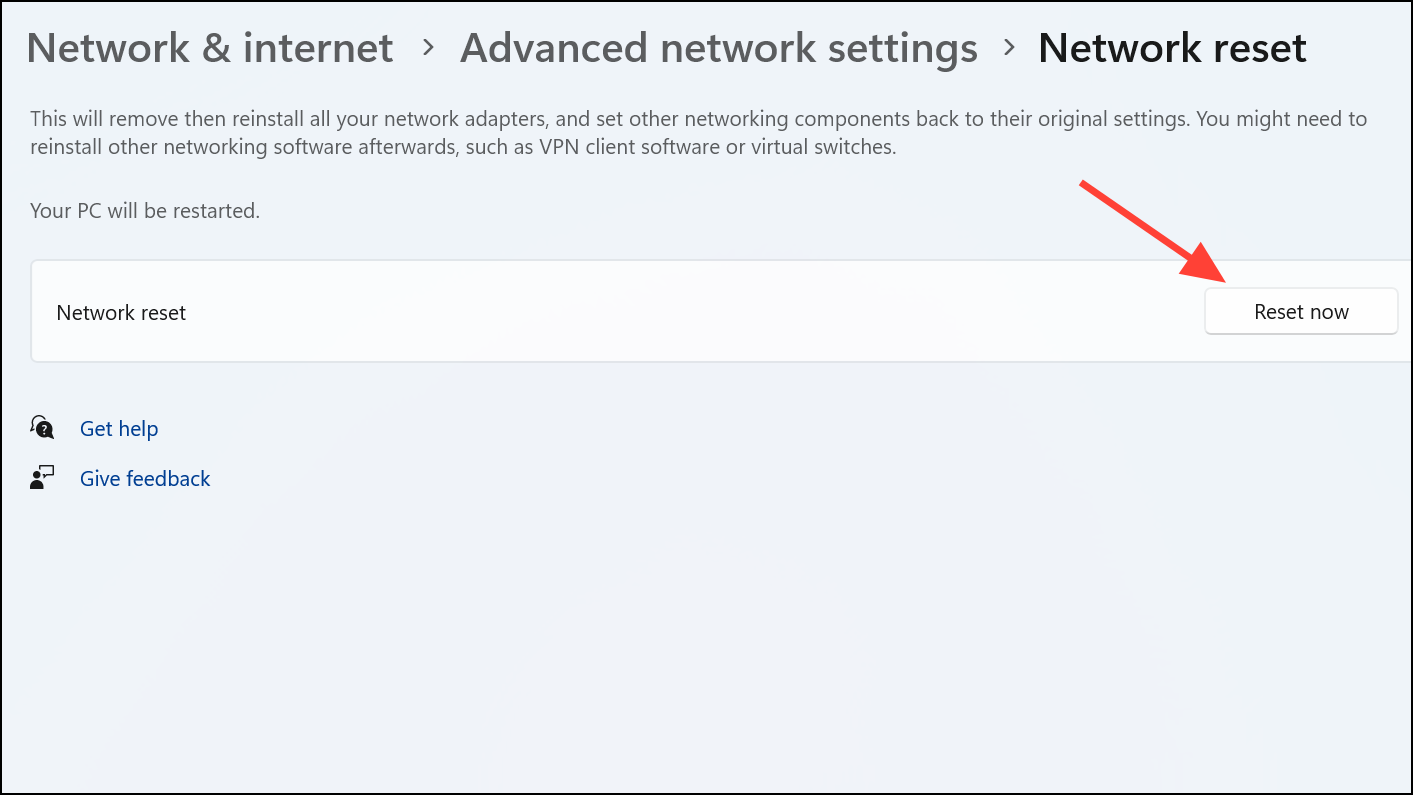
After rebooting, your WiFi option should reappear, and you'll need to reconnect to your networks.
Check Group Policy Settings (Windows 11 Pro)
If you're using Windows 11 Pro, a specific group policy might hide the network icon from the taskbar.
Step 1: Press Windows + R, type gpedit.msc, and press Enter to open the Group Policy Editor.
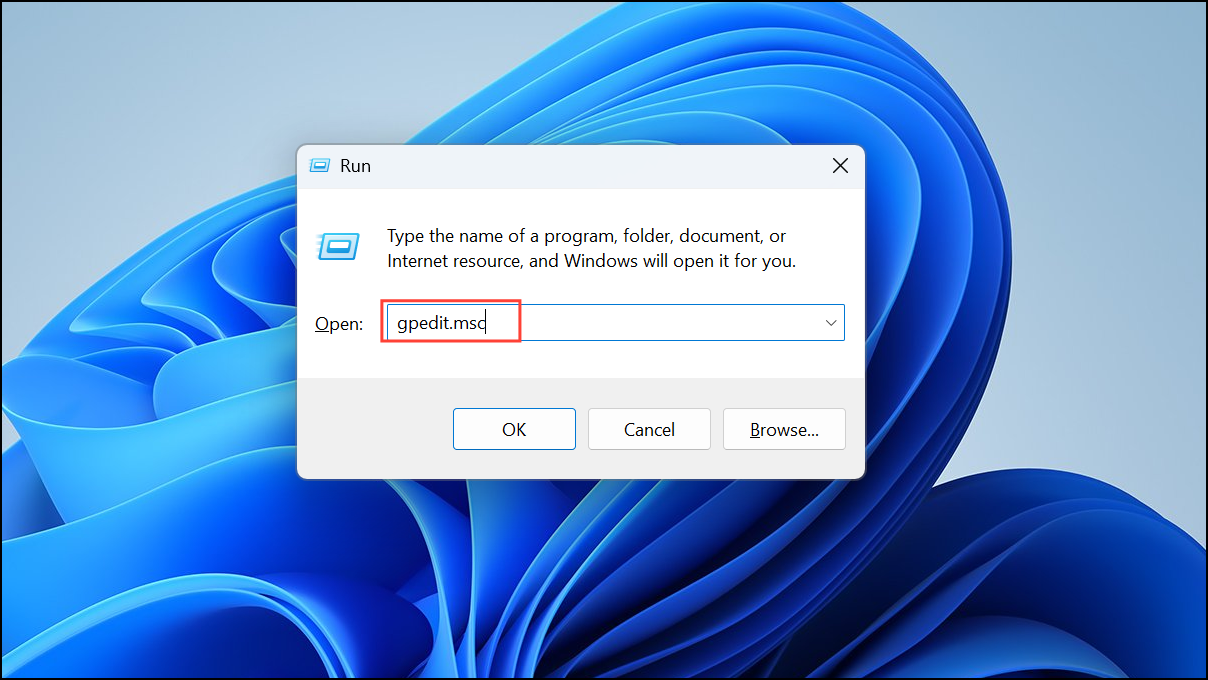
Step 2: Navigate to User Configuration > Administrative Templates > Start Menu and Taskbar.
Step 3: Find Remove the network icon, double-click it, and set it to Disabled. Click Apply, then OK.
Restart your PC to see the WiFi icon again.
Reset Network Devices via Command Prompt
You can also reset your network stack using Command Prompt commands, which can resolve deeper configuration issues.
Step 1: Right-click the Start button and select Terminal (Admin) or Command Prompt (Admin).
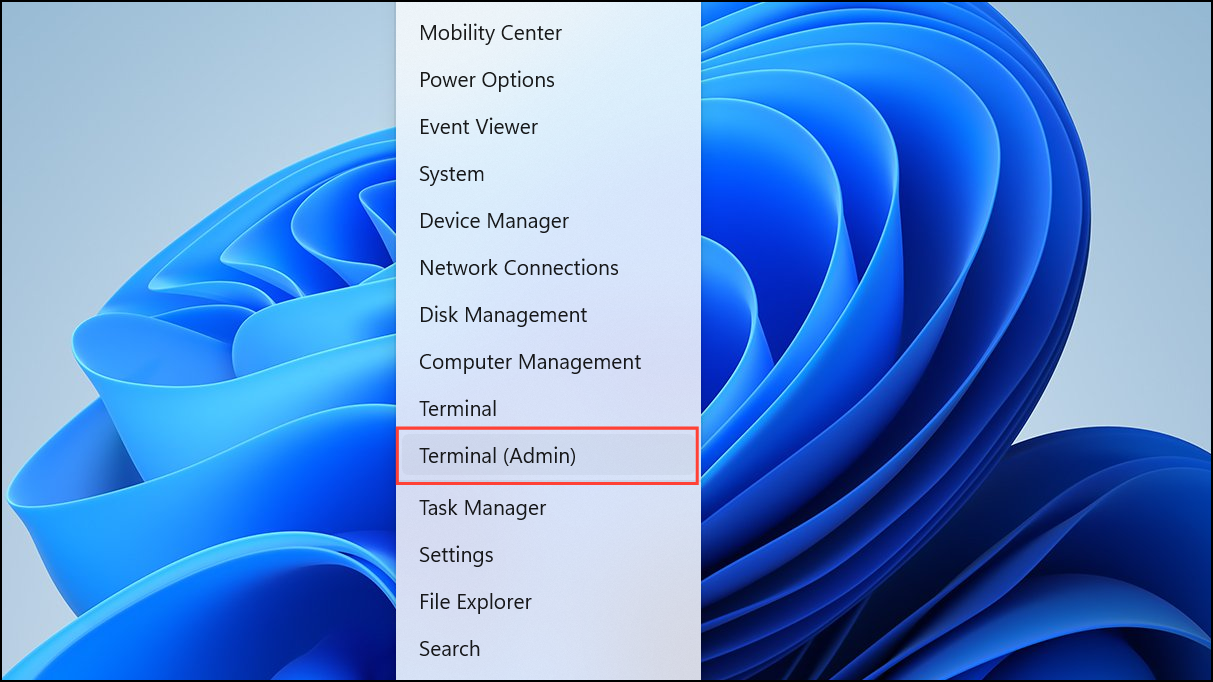
Step 2: Run the following commands one at a time, pressing Enter after each:
netsh int ip reset
netsh advfirewall reset
netsh winsock reset
ipconfig /flushdns
ipconfig /release
ipconfig /renew

Restart your PC after executing these commands.
With these detailed solutions, your missing WiFi option issue on Windows 11 should be resolved, and you'll regain full control of your wireless connectivity. If none of these methods work, consider checking your hardware or consulting a technician for further diagnostics.

